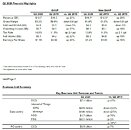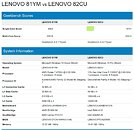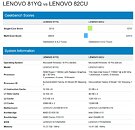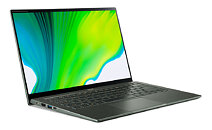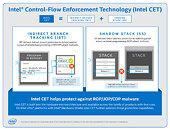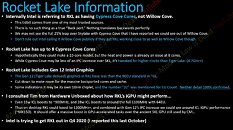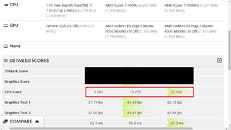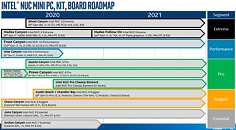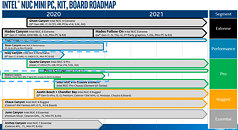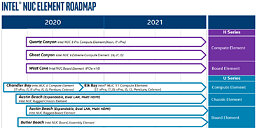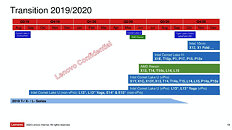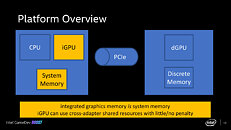
Intel to Detail Xe Graphics on August 13
Intel is expected to reveal technical details of its upcoming Xe graphics architecture on August 13, according to a tweet by Intel Graphics that has since been deleted. Tom's Hardware believes the reveal is still on the cards. "You've waited. You've wondered. We'll deliver. In 20 days, expect more details on Xe graphics," the tweet read. Senior Fellow and Director of Graphics Architecture at Intel, David Blythe is expected to present a technical brief on the Xe graphics architecture at a Hot Chips 2020 virtual event on August 17.
These technical reveals are closely timed with the launch of "Tiger Lake," Intel's first commercial debut of Xe as an iGPU solution the chipmaker refers to as "Gen12" for consistency with older generations of integrated graphics. Xe is far from designed for just iGPU or small dGPUs, with the architecture being scalable all the way up to large scalar compute processors the size of beer mug coasters. Even as an iGPU, Xe is formidable, as it was recently shown playing AAA games by itself. Recent commentary from Intel at its Q2 2020 financial results provided strong hints of Xe dGPUs being de-coupled from Intel's foundry woes, and possibly headed for third-party foundries such as Samsung or TSMC.
These technical reveals are closely timed with the launch of "Tiger Lake," Intel's first commercial debut of Xe as an iGPU solution the chipmaker refers to as "Gen12" for consistency with older generations of integrated graphics. Xe is far from designed for just iGPU or small dGPUs, with the architecture being scalable all the way up to large scalar compute processors the size of beer mug coasters. Even as an iGPU, Xe is formidable, as it was recently shown playing AAA games by itself. Recent commentary from Intel at its Q2 2020 financial results provided strong hints of Xe dGPUs being de-coupled from Intel's foundry woes, and possibly headed for third-party foundries such as Samsung or TSMC.



